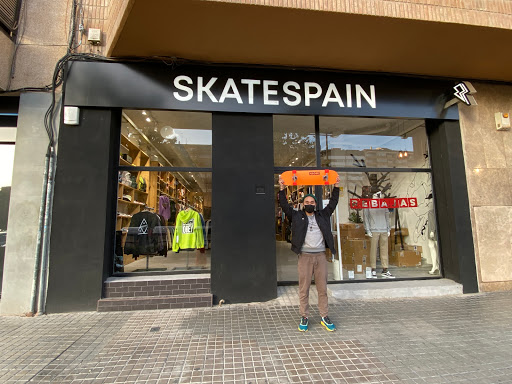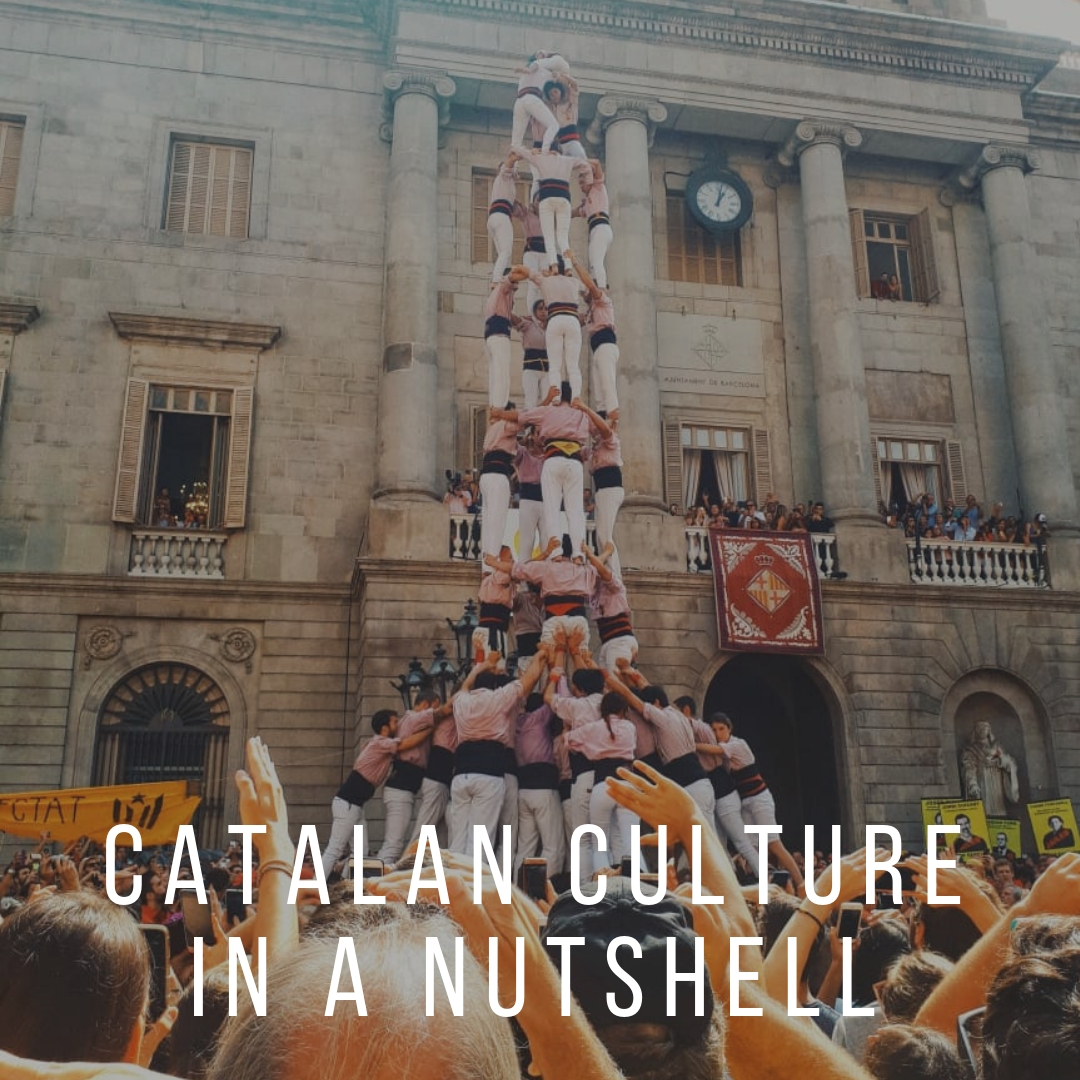SUBCULTURES
Sevillian Skaters
The Sevillian skaters represent a dominant subculture in Spain, but what is more, it is a closed community that has its peculiarities coinciding, although in the modern and urban context, with the tribal archetypes that go back to immemorial times. Around 2005, the skateboarding boom began in Seville, you could find young children learning to skate on the streets, several web pages have been created that are dedicated to the skate scene in the Andalusian capital and are posted there current videos and news. Another boost and, let's say, a stimulating injection for the skaters was the EXPO 92 that took place in La Isla de Cartuja. With the construction of several pavilions there were suddenly many new sites that were opened as public areas that offered ideal spots for skating. Places with smooth, marble floors, with curbs of different sizes, stairs, even covered areas that were quite convenient in cases of rain. This was the key moment in the history of skateboarding in the Andalusian capital because in the year ninety-five the first skatepark in Seville was built, which for its time was quite good. After the construction of the skatepark, a series of championships and promotions were organized to promote and propagate the sport and as a result, a project of European competitions in which Seville participated began to be prepared.
Catalans
Catalonia is one of the autonomous subcultures of Spain that has its own language, and its own distinctive culture. The Catalan subculture, despite being less famous than its more famous Spanish cousin, boasts a great history, as well as its own unique traditions and cuisine. In this subculture we find some characteristics such as (The Catalan donkey) - The 'national' symbol of Catalonia. His take on the bull as a symbol of Spain. It has its origin in a breed of donkey native to Catalonia and Catalan-speaking areas. Also, the donkey emblem has many interpretations of what it means. Some say that they represent the Catalans as workers, while others say that he is there to make fun of the Spanish bull. On the other hand, the Sardana - it is a traditional Catalan dance that is said to have links with Catalan nationalism. As you can see, there is much more to Catalan culture than meets the eye!



Comments
Post a Comment